Humans
Sign up for our newsletter
We summarize the week's scientific breakthroughs every Thursday.
-
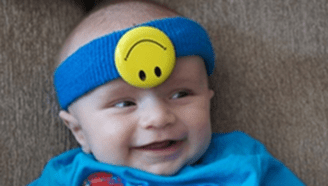 Health & Medicine
Health & MedicineBaby-cam captures an infant’s world
What do babies see all day? Faces. Lots of faces.
-
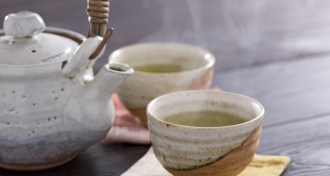 Health & Medicine
Health & MedicineGreen tea may sabotage blood pressure medication
Antioxidants in drink may keep intestinal cells from taking up drug.
By Beth Mole -

-
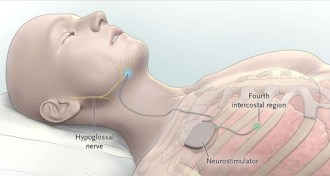 Health & Medicine
Health & MedicinePacemaker treats sleep apnea
Experimental device works for many patients who can’t use breathing machines.
By Nathan Seppa -
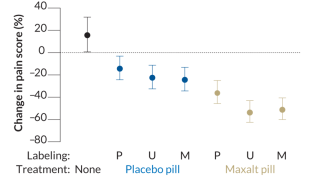 Psychology
PsychologyMigraines respond to great expectations
Patients get more pain relief from drug and placebo labeled as headache busters than from those labeled as dummy pills.
By Bruce Bower -
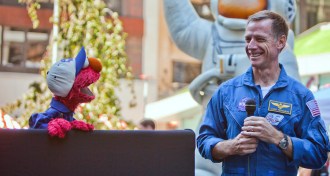 Health & Medicine
Health & MedicineBabies tune in to happy sounds
High pitched, cutesy voices prove irresistible to infants.
-
 Microbes
MicrobesMe and my microbiome
Tina Hesman Saey tries out new services offering clients a peek at their own bacteria.
-
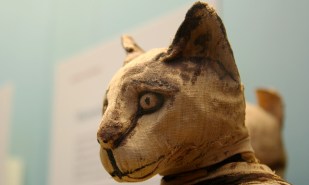 Archaeology
ArchaeologyAnimal mummies were a message direct to the gods
A new theory about the purpose of animals mummified by ancient Egyptians proposes that the cats, ibises and other dead critters were more than just simple sacrifices.
-
 Neuroscience
NeuroscienceHormone hampers effects of marijuana
Study of pot-blocking brain chemical in rodents could lead to new treatments for cannabis addiction.
-
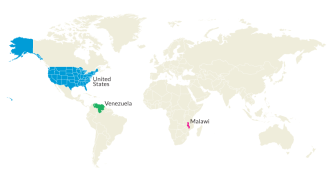 Microbes
MicrobesGut bacteria respect diets, not borders
Malawian and Guahibo gut microbiomes resembled those of herbivorous mammals, while American guts were more similar to carnivores’.
-
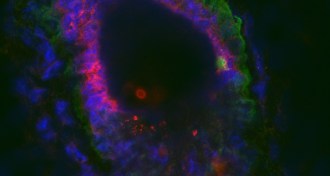 Health & Medicine
Health & MedicineNanoparticle injection blocks breast cancer growth in mice
A nanoparticle-based therapy delivered directly to the mammary ducts could potentially stop pre-cancerous cells from becoming full-blown breast cancer, scientists say.
-
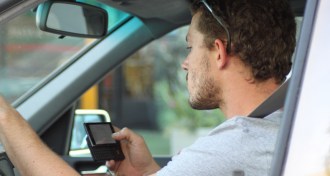 Health & Medicine
Health & MedicineDistractions raise crash risk for newly licensed drivers
The risk of a crash or near-crash for newly licensed drivers is tripled or greater when they are eating, texting or rubbernecking, researchers report.